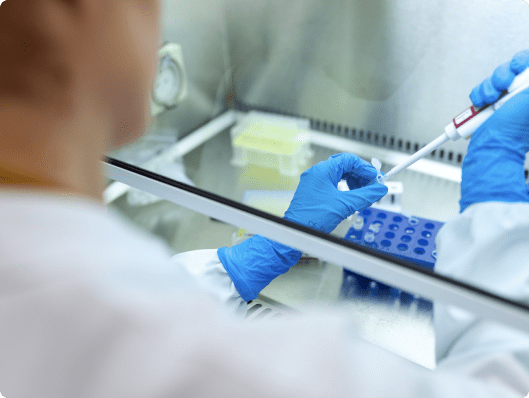Mold is a word that can send shivers down the spine of homeowners and business owners alike. When left unchecked, mold can cause significant damage to buildings and pose serious health risks to those living or working in the space. Mold spores are everywhere, and under the right conditions, they can grow rapidly, creating both structural and health problems. That’s why a thorough mold inspection in San Diego is crucial—identifying mold trouble at the start before it becomes a big issue can save you time, money, and stress.
The Importance of Early Mold Inspection
Many people are unaware that mold can exist even if it isn’t visible. It often hides behind walls, under carpets, and in air ducts, making it difficult to detect without a professional inspection. A mold inspection helps identify these hidden sources, ensuring that you tackle the problem before it escalates.
One of the most significant benefits of conducting a mold inspection early is that it allows you to pinpoint the source of the moisture problem. Whether it’s a leaky roof, a broken pipe, or high humidity, addressing the moisture issue will prevent mold from returning. The longer you wait, the more extensive the damage can become, resulting in costly repairs or renovations.
What Happens During a Mold Inspection?
- Initial Assessment: The inspector will begin by asking questions about any visible signs of mold or recent water damage. They’ll check for areas of high moisture or humidity and inspect locations where mold commonly grows, such as bathrooms, basements, and kitchens.
- Moisture Detection: Mold thrives in damp environments, so inspectors often use moisture meters to measure the moisture content in walls, floors, and ceilings. High readings can indicate hidden water leaks or areas where mold is likely to grow.
- Air and Surface Sampling: To determine the extent of mold contamination, the inspector may take air or surface samples. Air samples can help identify mold spores in the air, while surface samples are used to detect mold growth on walls, furniture, or other surfaces.
- Laboratory Testing: The collected samples are sent to a laboratory for analysis. The results will identify the type of mold present and its concentration. This information is crucial for determining the severity of the problem and the best course of action.
- Report and Recommendations: After completing the inspection, the inspector will provide a detailed report outlining the findings. This report will include the location of mold growth, the type of mold detected, and recommendations for remediation.
Preventing Mold Growth
- Fix Leaks Promptly: Leaky roofs, windows, or pipes can create the perfect environment for mold to grow. Address any leaks immediately to prevent moisture buildup.
- Use a Dehumidifier: High humidity levels can contribute to mold growth, especially in damp areas like basements and bathrooms. Use a dehumidifier to keep humidity levels below 50%.
- Improve Ventilation: Ensure that bathrooms, kitchens, and laundry rooms are well-ventilated to reduce moisture buildup. Installing exhaust fans can help.
- Clean and Dry Flooded Areas: If your home experiences flooding, be sure to clean and dry affected areas within 24-48 hours to prevent mold from taking hold.
- Regular Inspections: Scheduling regular mold inspections can help detect problems early before they become serious.
Summing up, mold is not just an unsightly issue—it can have serious consequences for your health and your property if left unchecked. Mold inspection San Diego can help identify trouble early, allowing you to address the problem before it spirals out of control.
